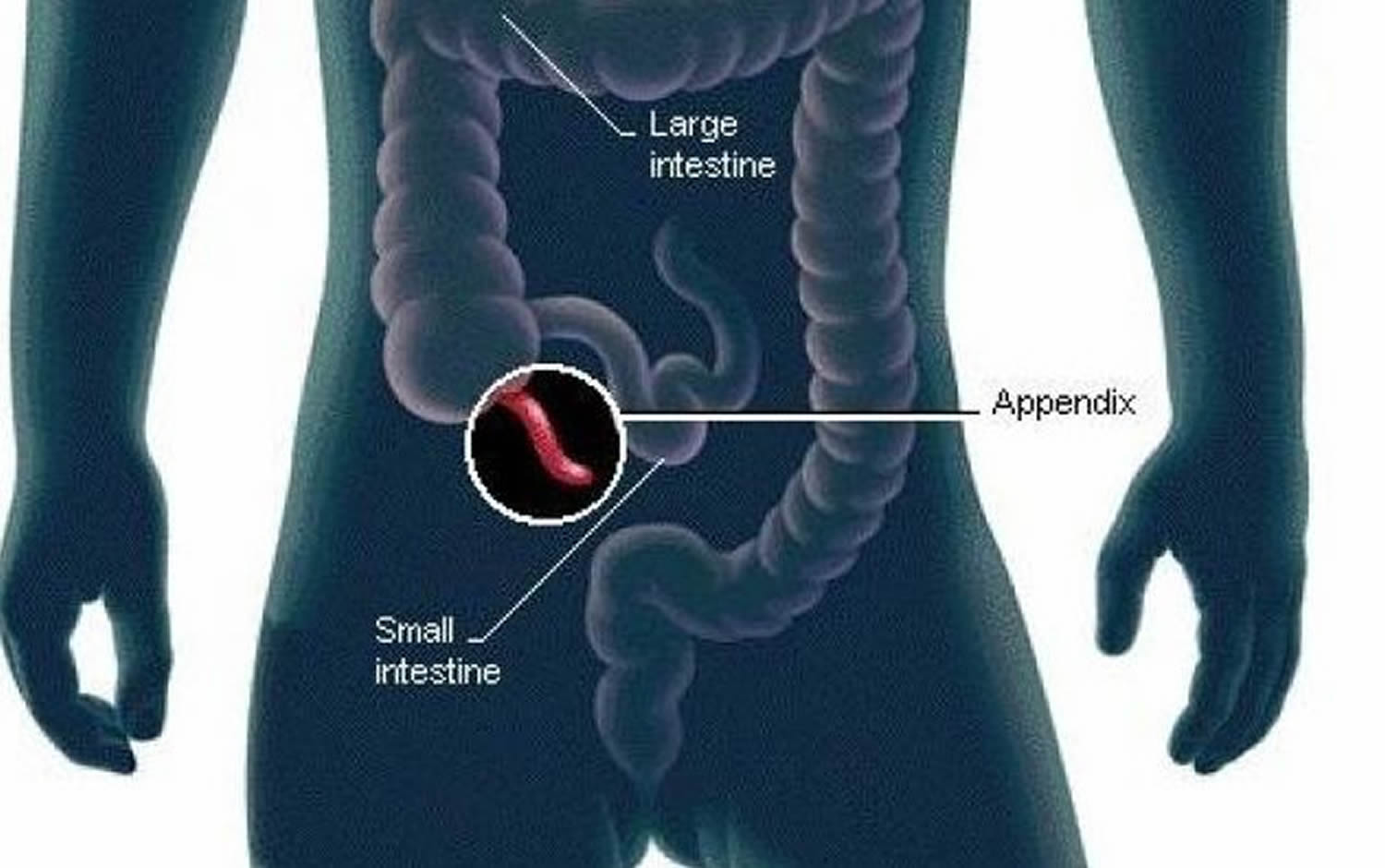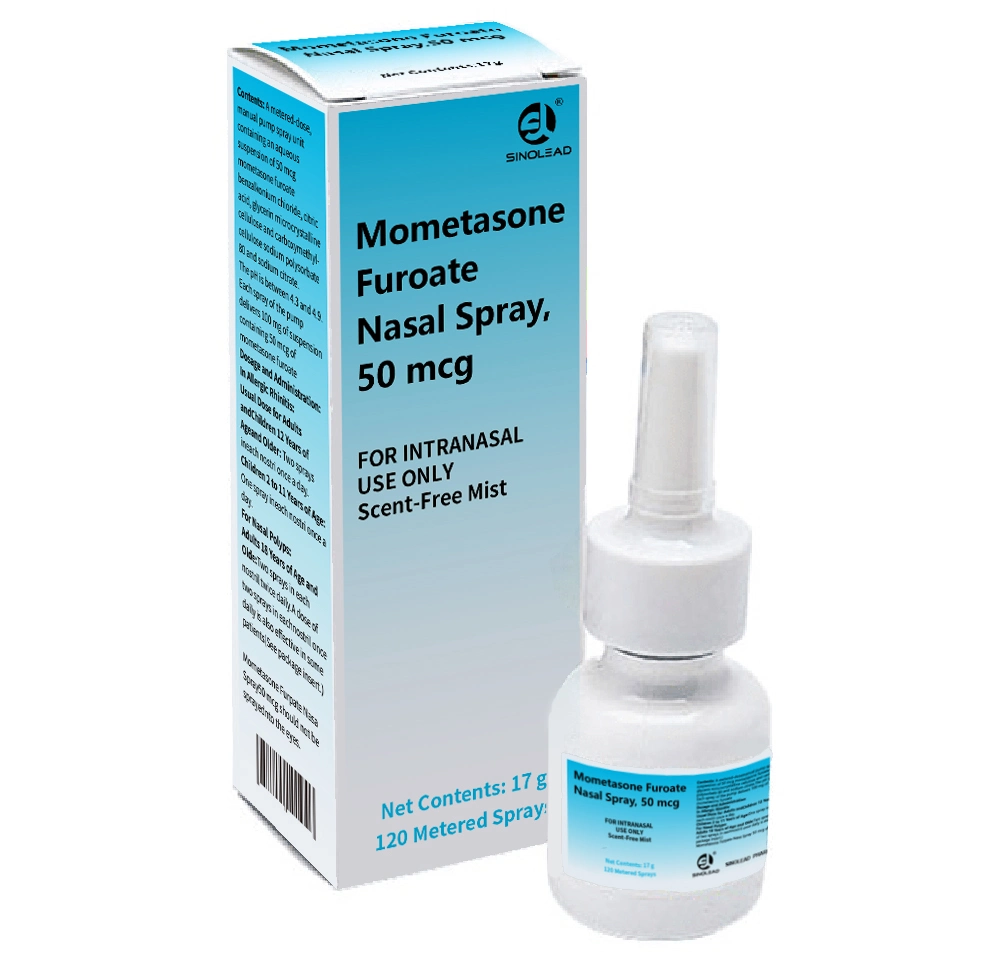When it comes to understanding STD test results, it’s essential to approach the topic with a combination of empathy and scientific accuracy. Receiving test results, whether for sexually transmitted diseases (STDs) or any other health condition, can be a moment of significant anxiety. The importance of clear, comprehensive information cannot be overstated. In this article, we will delve into the process of understanding STD test results, exploring the various types of tests, what the results mean, and the steps to take following the diagnosis.
Introduction to STD Testing
STD testing is a critical component of sexual health. It involves a series of tests designed to detect the presence of pathogens that cause sexually transmitted diseases. These pathogens can include bacteria, viruses, and parasites, each requiring different testing methods. The most common STDs include chlamydia, gonorrhea, syphilis, herpes simplex virus (HSV), human papillomavirus (HPV), and HIV (human immunodeficiency virus).
Types of STD Tests
- Urine Tests: Often used to detect gonorrhea and chlamydia, these tests involve providing a urine sample, which is then analyzed for the presence of the bacteria.
- Blood Tests: These can detect antibodies to certain infections, such as HIV, syphilis, and herpes. Blood tests are also used to check for the presence of the hepatitis B and C viruses.
- Swab Tests: A swab is used to collect a sample from the affected area, which could be the genitals, anus, or throat. These tests are commonly used to detect gonorrhea, chlamydia, and herpes.
- Physical Examination: A healthcare provider may conduct a physical examination to look for signs of STDs, such as ulcers, warts, or rashes.
Understanding Test Results
- Positive Result: Indicates the presence of an STD. This means the test has detected the specific pathogen or the body’s response to it. A positive result necessitates further action, typically treatment and possibly notification of sexual partners.
- Negative Result: Suggests the absence of the STD tested for. However, it’s crucial to understand that no test is 100% accurate. False negatives can occur, especially if the test is taken too early after exposure.
- Inconclusive or Indeterminate Result: Sometimes, test results may not be clearly positive or negative. This could be due to various factors, including the stage of infection or issues with the testing procedure. In such cases, further testing or a different type of test may be required.
What to Do After Receiving Test Results
- If the Result is Positive: The first step is to follow the treatment plan recommended by your healthcare provider. This may involve antibiotics for bacterial infections or antiviral medications for viral infections. It’s also important to notify sexual partners to prevent further transmission.
- If the Result is Negative: Continue to practice safe sex to reduce the risk of future infections. Regular testing is recommended, especially for individuals with multiple sexual partners or those who do not use protection consistently.
- If the Result is Inconclusive: Work closely with your healthcare provider to determine the next steps, which may include additional testing or a different diagnostic approach.
Prevention and Education
Preventing the spread of STDs is a multifaceted issue that involves education, awareness, and proactive measures. Key strategies include:
- Using Protection: Consistently using condoms and dental dams can significantly reduce the risk of transmitting or acquiring STDs.
- Regular Testing: For sexually active individuals, regular STD testing is a vital part of maintaining sexual health.
- Open Communication: Discussing sexual health and histories with partners can help prevent transmission by identifying risks early on.
- Vaccination: Vaccines are available for certain STDs, such as HPV and hepatitis B, and can provide protection against these infections.
Conclusion
Navigating the world of STD test results requires a blend of medical knowledge and empathetic understanding. It’s crucial for individuals to approach this topic with an open mind, seeking information and support without fear of judgment. By understanding the testing process, the implications of test results, and the steps to take afterward, individuals can better manage their sexual health, reduce the stigma associated with STDs, and contribute to a more informed and compassionate community.
FAQ Section
What should I do if I receive a positive STD test result?
+If you receive a positive STD test result, it's essential to follow the treatment plan provided by your healthcare provider. This may include taking antibiotics or antiviral medications. Additionally, notifying your sexual partners is crucial to prevent further transmission.
How often should I get tested for STDs?
+The frequency of STD testing depends on your sexual activity. If you are sexually active, especially with multiple partners, it's recommended to get tested at least once a year. However, if you've had unprotected sex or suspect you've been exposed to an STD, you should get tested as soon as possible.
Can STDs be treated and cured?
+Many bacterial STDs, such as chlamydia and gonorrhea, can be treated and cured with antibiotics. However, viral STDs, such as HIV and herpes, cannot be cured but can be managed with antiviral medications to reduce symptoms and transmission risk.
By embracing a proactive and informed approach to sexual health, we can work towards reducing the incidence of STDs and fostering a society that values openness, education, and the well-being of all individuals.


